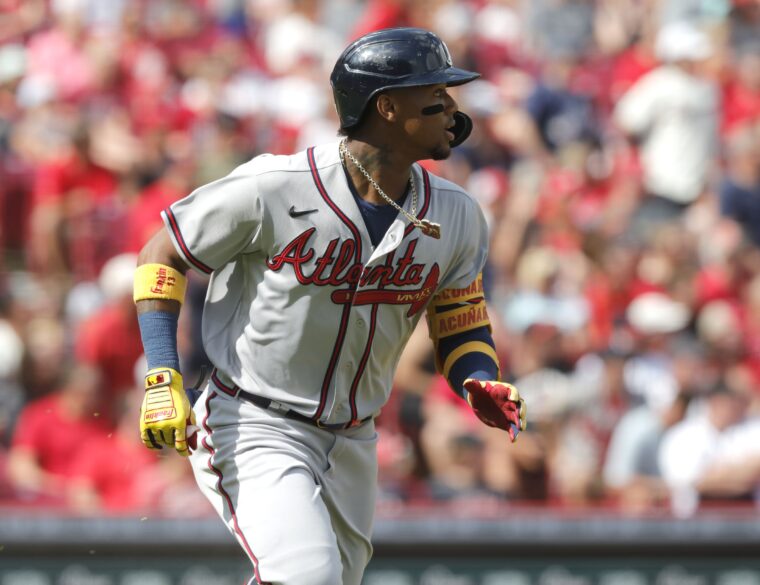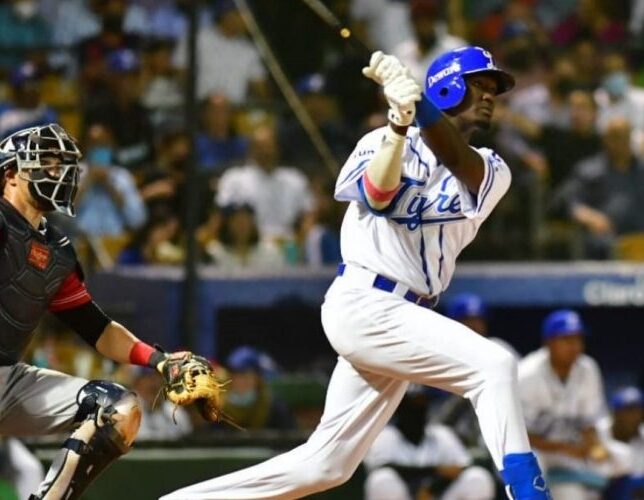With the Caribbean Series coming to Miami, FL in the second week of February 2024, now is a good time to familiarize readers with the current landscape of winter baseball. What it is, what it’s like, where leagues are, and what the competition is like. For those that don’t know, the Caribbean Series is baseball’s Winter version of the UEFA Champions League. A tournament for the winners of all of the champions of the Latin American winter leagues.
The Caribbean Baseball Confederation is made up of Mexico, the Dominican Republic, Venezuela, and Puerto Rico and offers spots to three additional countries. This year it includes Curaçao, Nicaragua, and Panama. In past years, the tournament has also included Colombia and Cuba. Similar to World Cup style events, these teams are not national teams and thus are allowed imported or foreign players. Each team may bring five foreign players with them and, unique to baseball, may include top players from other teams around the league to join in on their teams for the Caribbean Series.
Long before the big tournament begins, however, these leagues are nose to the grindstone from October to January, playing up to six games per week. While some leagues are shorter and begin a bit later (Puerto Rico, Nicaragua, and Curaçao), others begin in October (Venezuela, Mexico, and Dominican Republic). Curaçao doesn’t have a normal winter league but is joining the Caribbean Series for the first time this year after forming an agreement with the Caribbean Baseball Federation. Leagues will play anywhere from 30-60 games in the regular seasons and then begin playoffs in January before training for weeks between the conclusion of their seasons and the Caribbean Series.

Ronald Acuña Jr. David Kohl-USA TODAY Sports
The leagues are mostly made up of players native to the league’s respective countries with the aforementioned five imported players per team. Typically, imported players in these leagues have either major-league experience or Triple-A experience as they often are paid higher salaries and are expected to be starters or high-leverage relievers. Many major-league players, especially position players, return to their home countries to play in the winter, making the rosters loaded with top talent. Ronald Acuña Jr.’s tenure in Venezuela this winter, coming directly after winning the National League MVP award, is one of many examples of players at the game’s highest level electing to return home for the offseason and play in front of their local crowds.
Despite the high stature of many of these players, salaries typically range in the sub-$10,000 per month range but will exceed that for the top players ($20,000-30,000 maximum range). While lucrative, these salaries don’t even compare to the major-league minimum salaries. This surely disincentivizes rostered major-league players from playing and risking injuries, yet they play anyways. A simple way to analyze the decision would be to equate the majors as a paycheck and winter baseball as a point of pride and passion. Winning in these leagues is everything.
Fans in winter leagues are not like major-league fans. As seen in the World Baseball Classic last year, some of the games featured horns, drums, and louder fans than games in the United States are used to. Drums and cheerleaders are some of the sights fans can see at these games with organized cheers and chants and active announcer engagement. Thousands of fans sounds like tens of thousands, and when games have a packed house, rivalries reach a whole new level.
For example, Venezuela has a particularly intense rivalry between the Leones de Caracas and Navegantes de Magallanes which sells out every game. The newly built major league-caliber Monumental Stadium of Caracas Simón Bolívar recently set a new attendance record with over 34,000 fans attending a game in November. The previous record was set earlier this season
It speaks magnitudes of the passion of the population towards baseball land their respective teams when the monthly minimum wage of the country of Venezuela is roughly $20 (USD) and tickets to games cost between $3-to-$5 (USD) and still tens of thousands show up. The fans travel to games, live and die with their teams, and make major-league games feel like polite society gatherings. As a result, players play with passion, pitchers pitch three or four days in a row, and former major-league stars battle through injuries not to keep their careers alive but to chase championships.
Players and coaches alike are focussed, roster decisions happen quickly, releases and trades are frequent, and team meetings to address the causes of on field issues happen regularly in the locker rooms. Children come into the locker rooms pregame trying to sell trinkets or home made ice cream, and the veterans tip them well, likely supporting families for weeks. There is a sense of unity in the Latin American cultures and immense pride in playing in their home countries.
Fans may often wonder why players would risk their health for something so unimportant as winter baseball or the World Baseball Classics, however, with these games broadcasted on television in these countries, fans living and dying with each pitch, one could ask what would make these games less important than MLB games. Obviously, the financial aspect isn’t quite comparable, however, once an individual has enough money like many of these players do, their focuses in life could reasonably change to enriching their culture and winning for pride. For the players, winter baseball is not second fiddle to the summer season, it’s as different as their salaries, one league provides financial support, one league provides fulfillment.
















